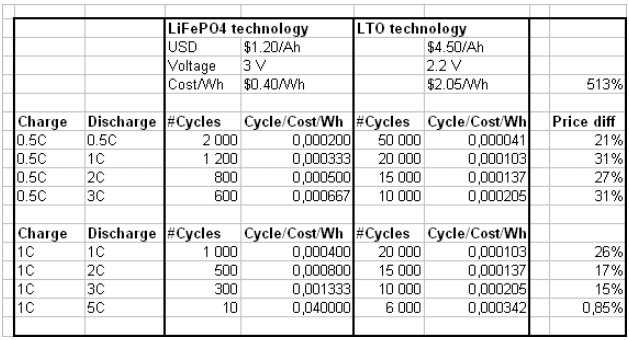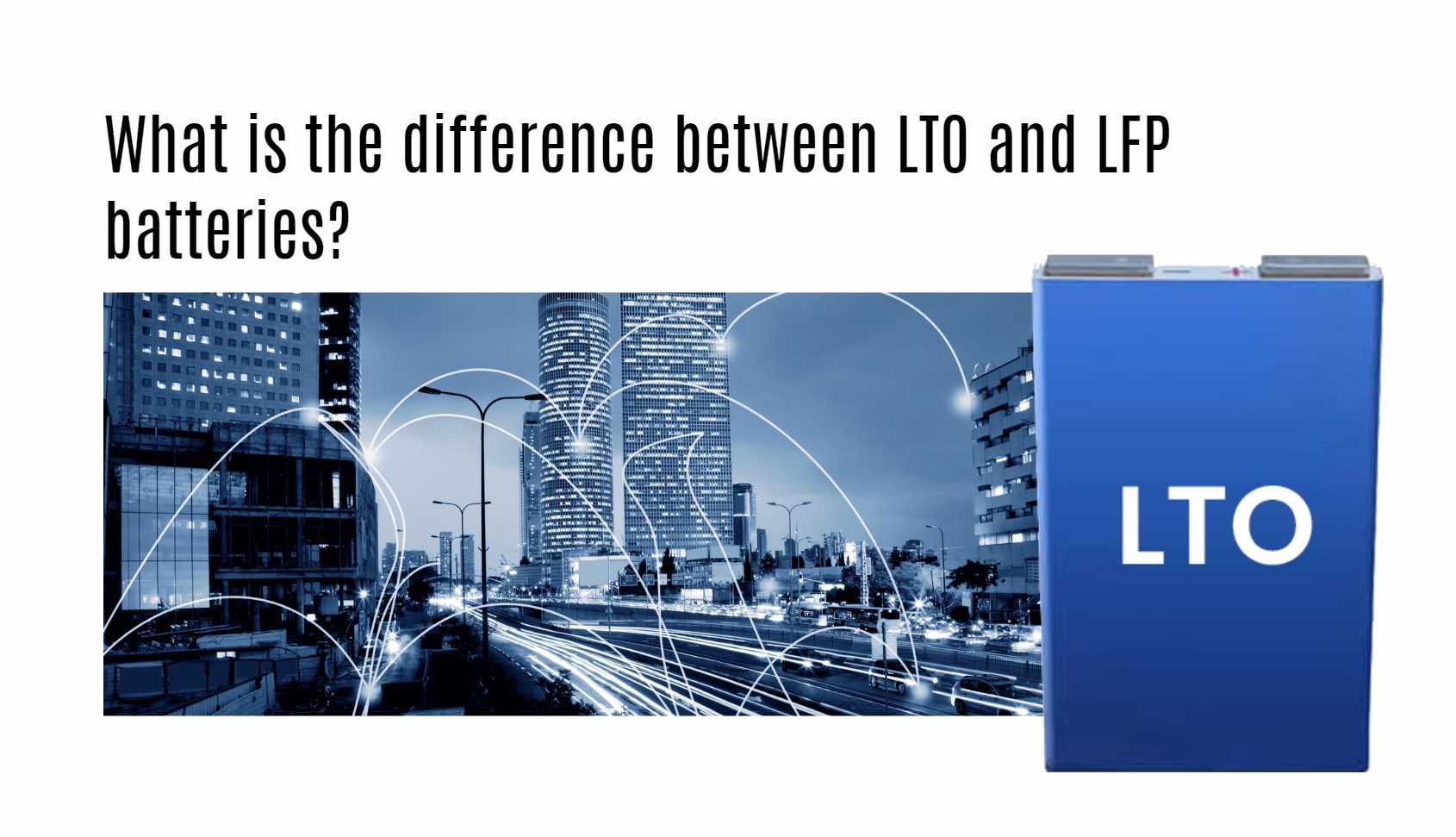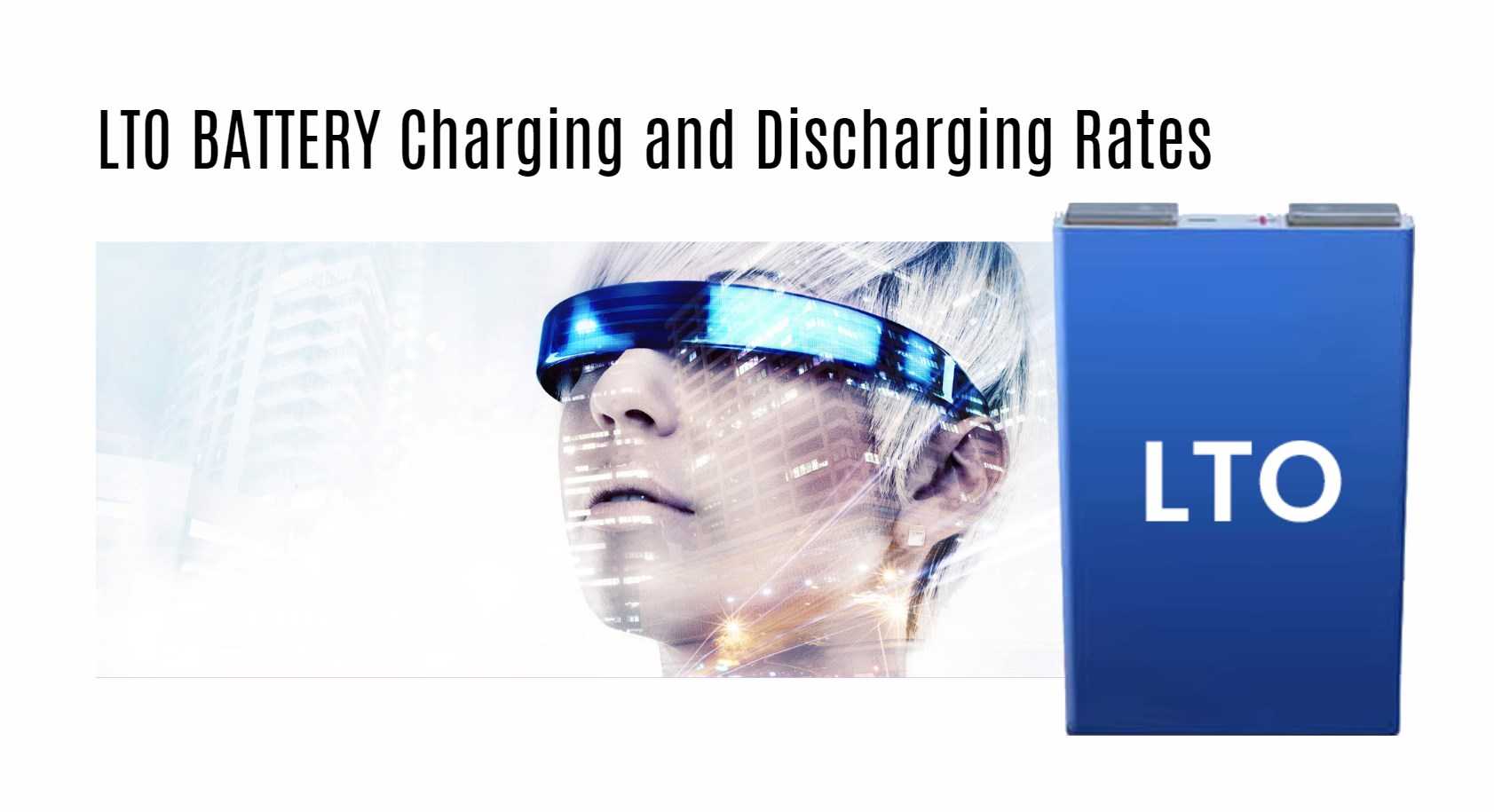Lithium-ion batteries are the most common type of rechargeable batteries used in various applications ranging from portable electronics to electric vehicles. Lithium Titanate (LTO) and Lithium Iron Phosphate (LiFePO4 or LFP) are two of the most popular types of lithium-ion batteries. Both are known for their high cycle life, safety, and low self-discharge rate. In this article, we will explore the key differences between LTO and LFP batteries and their applications.
Chemistry and Materials
Lithium Titanate (LTO) batteries use a lithium-titanate oxide anode material, while Lithium Iron Phosphate (LFP) batteries use a lithium-iron-phosphate cathode material. LTO batteries have a nominal voltage of 2.4 volts, while LFP batteries have a nominal voltage of 3.2 volts. The higher nominal voltage of LFP batteries makes them more suitable for high-power applications.
Cycle Life
Lithium Titanate (LTO) batteries are known for their extremely long cycle life, which can exceed 30,000 cycles. This means that LTO batteries can last for decades, making them ideal for applications where reliability is critical, such as electric vehicles and energy storage systems. In comparison, Lithium Iron Phosphate (LFP) batteries have a cycle life of 2000 to 5000 cycles, which is still significantly higher than other lithium-ion battery chemistries.
Charging and Discharging Rates
Lithium Titanate (LTO) batteries have a lower energy density than other lithium-ion batteries, but they can be charged and discharged at high rates without significant damage or degradation. LTO batteries can be fully charged in as little as 10 minutes, making them ideal for applications where fast charging is required, such as electric buses and trucks. Lithium Iron Phosphate (LFP) batteries have a higher energy density than LTO batteries, but they cannot be charged or discharged as quickly as LTO batteries. LFP batteries are best suited for applications where slow, steady discharge rates are required, such as energy storage systems for homes or businesses.
Cost
Lithium Titanate (LTO) batteries are more expensive than Lithium Iron Phosphate (LFP) batteries due to their higher manufacturing costs. However, LTO batteries offer significant cost savings over their lifetime due to their long cycle life and low maintenance requirements.
Safety
Both LTO and LFP batteries are considered safe and stable compared to other lithium-ion battery chemistries. LTO batteries are particularly safe due to their low risk of thermal runaway and explosion, making them ideal for high-risk applications such as electric vehicles and aerospace.
Conclusion
LTO and LFP batteries are both excellent choices for various applications, depending on their specific needs. Lithium Titanate (LTO) batteries offer extremely long cycle life, fast charging and discharging rates, and superior safety, making them ideal for high-power applications such as electric buses and trucks. Lithium Iron Phosphate (LFP) batteries offer lower costs, moderate cycle life, and moderate energy density, making them ideal for residential and commercial energy storage systems. Redway, a custom lithium battery manufacturer, offers both LTO and LFP batteries, and can help you choose the right battery for your specific needs.Redway Battery offers premium 24V LiFePO4 batteries for export to South Africa.






